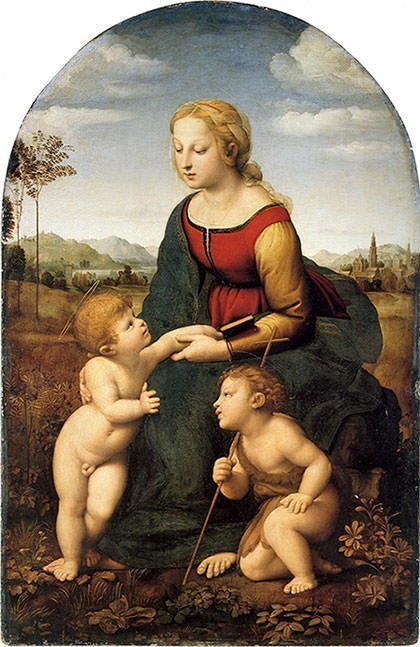
I could not find the owner of this painting but this dutch flower painting was created 1609. By the end of the 18th century flower paintings were very popular. Many artist at this time preferred to use wood panels to help support their paintings and make it look better. This is a very detailed painting with a lot of colors but although its colorful the artist managed to make it all look vintage some flowers stand out more than others.































































